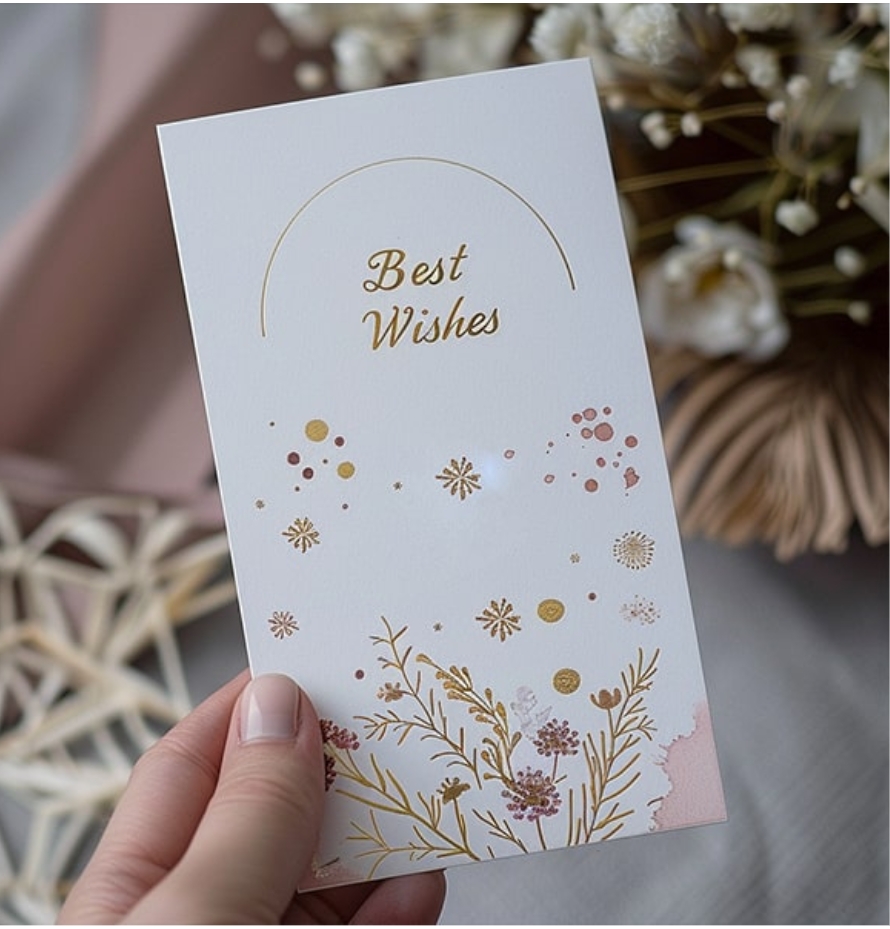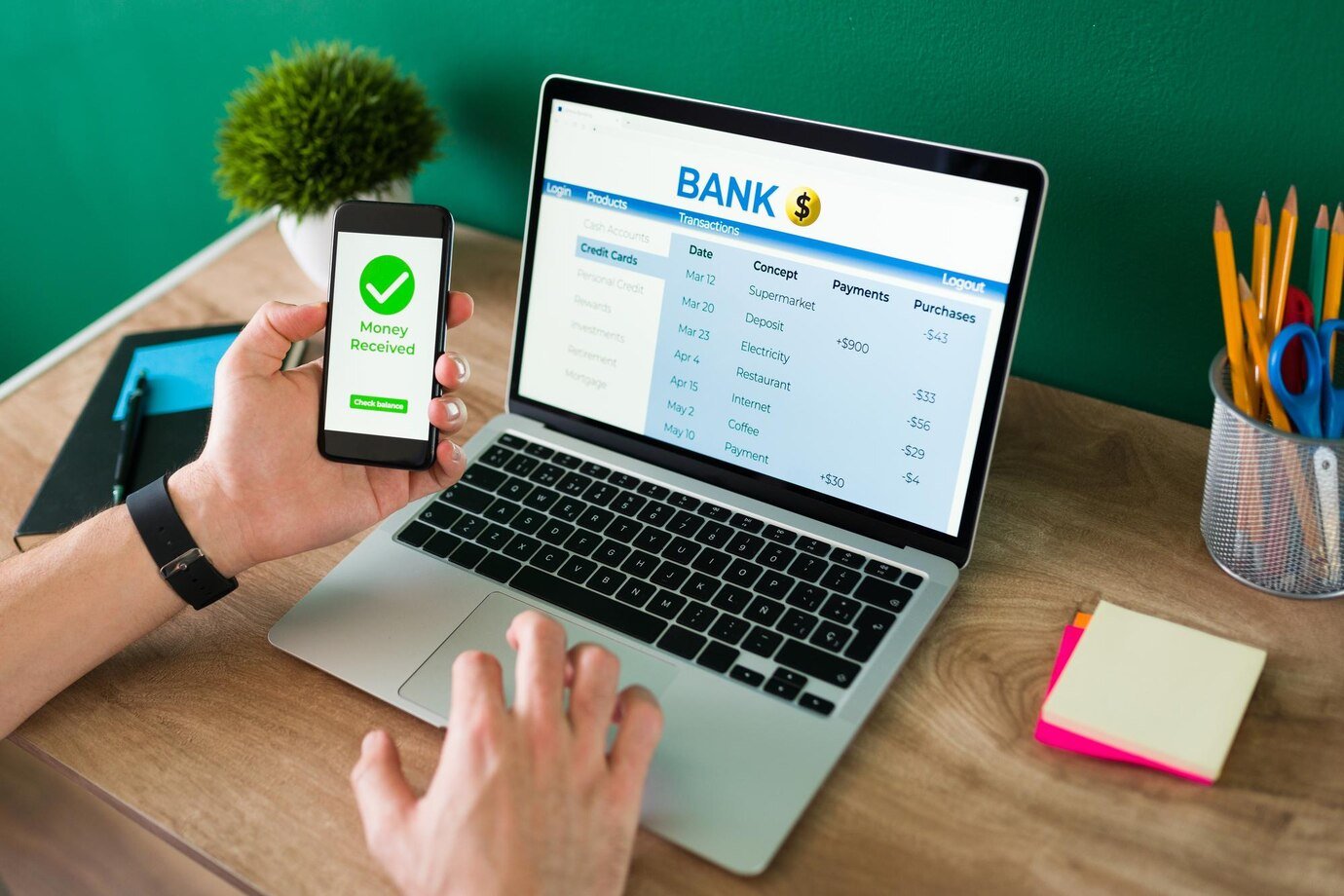Think about the last time you received a heartfelt message that made you smile for days. In the midst of emails and texts, moments like these are rare! Custom-printed greeting cards aren’t just pieces of paper—they are personalized gestures that help connect us in meaningful ways with our loved ones.
Let’s find out how these cards can strengthen human connections, why they’re a great choice, and how you can create your own to leave valuable memories.
The Bonding Drive of Custom Greeting Cards
Why Personalization Matters
Custom-printed greeting cards radiate value because they leave signals that someone invested time and effort in selecting a design and crafting a message tailored to the recipient. Apart from personalized appearance, it’s about expressing genuine emotions and sentiments that deeply resonate with the recipient.
Emotional Impact
A custom card can convey emotions that digital messages often can’t match. Whether it’s for a birthday, anniversary, holiday, or a simple thank you, a custom greeting card tells the recipient, “You are important to me.” Sending a thoughtful card can strengthen relationships by providing a tangible reminder of the shared bond.
Two Major Features to be Aware of When Printed Greeting Cards
Design Elements
“Why is design so important?” you might wonder.
Choosing the right design is essential. The imagery, colors, and layout should match the occasion and the message you want to convey. Let’s say a wedding anniversary card with unique designs and heartfelt words; it’s very different from a bright, cheerful birthday card. So, apart from decoration, the design is a key part of the message.
Quality Materials and Printing Techniques
“Does the quality of the paper really matter?”
Absolutely! The choice of materials and printing techniques can greatly affect the perceived value of the greeting card. Using high-quality paperboard and digital printing will make it feel substantial and well-crafted.
How to Create Your Own Custom Greeting Card
It’s time to use the energy of creativity to design a custom greeting card. This process includes choosing materials, designing elements, and crafting messages, all of which are crucial iterations.
Choosing Materials
The choice of materials is fundamental in creating a high-quality greeting card. Different materials offer various textures, durability, and aesthetic appeal, all of which influence the card’s impression.
- Cardstock is the most commonly used material for greeting cards. It is thicker and more durable than regular paper. Three important types of cardstock are:
- Matte Cardstock:
Offers a smooth, non-glossy finish, ideal for cards with intricate designs and text-heavy layouts. It is easy to write on, making it perfect for handwritten notes.
- Glossy Cardstock:
It provides a shiny, polished finish that radiates the colors and makes crisp images suitable for photo cards or designs requiring a vibrant, professional look.
- Textured Cardstock:
With the help of finishes like linen or felt,you can improve the tactile experience for the receiver. It also highlights luxury, so it’s a sure way to improve your social norms.
- Specialty Papers: This paper provides options like vellum, metallic, or pearlescent papers to add a distinctive touch. Vellum, a translucent paper, can be used for overlays, while metallic and pearlescent papers add a shimmering effect.
Design Elements
It’s important to see how all the design elements work together. For example:
- Imagery and Graphics:
High-resolution images and graphics significantly impact the card’s appeal. Whether it is a personal photo or a professionally designed graphic, the imagery should be relevant to the occasion and resonate with the recipient.
- Typography:
The choice of fonts is crucial in setting the tone of the card. Serif fonts like Times New Roman or Georgia are traditional, while sans-serif fonts like Arial or Helvetica offer a clean, modern look. Script fonts give a handwritten feel but should be used sparingly to ensure readability.
- Color Scheme:
The color scheme complements the card’s theme and design elements. Take, for instance, yellow for happiness, blue for calmness, and green for tranquility.
- Layout and Composition:
The arrangement of text and images should be balanced and visually charming. White or negative space is an essential design element that prevents the card from looking cluttered and helps guide the recipient’s eye to the most important key points.
Finishing Key Points
- Embellishments: Consider ribbons, stickers, or embossing.
- Envelope Selection: The envelope is the first thing the recipient sees, so it should complement the card. Consider using a matching or coordinating envelope with a lined interior.
- Sealing the Card: It’s the closing remarks for you, but for the recipient, it’s the opening ceremony. Traditional sealing wax sticks are perfect for the aesthetic and authenticity of sealing greeting cards. However, if ease of use and durability are priorities, glue gun wax or faux sealing wax would be more suitable choices.
Conclusion
Now, you are more informed on how to build connections and express genuine emotions using custom printed greeting cards. It shows the recipient that you value and appreciate their presence. Whether using it for personal or professional purposes, we’ve highlighted the key points so you know how to build your own one using your curiosity.
Need a Helping Hand? We’ve An Option!
Creating these cards in bulk with time consistency and accuracy is a grinding task, especially if you don’t have the resources available. This is where Half Price Packaging plays its role!
They are known for delivering beautifully crafted packaging products, tailored to customer’s needs. If you have a pending project that requires custom packaging, we encourage you to check out their work here.





